Retro Replay Review
Gameplay
Build-a-lot 3: Passport to Europe delivers a familiar yet refined city-building experience that will appeal to both series veterans and newcomers. Campaign mode takes you on a tour of Europe, tasking you with specific goals in each city—from filling vacant lots with charming houses to erecting iconic landmarks before the timer runs out. The efficiency award system, represented by a notch on the time meter, rewards quick and strategic planning, inviting players to replay levels in pursuit of perfect scores.
(HEY YOU!! We hope you enjoy! We try not to run ads. So basically, this is a very expensive hobby running this site. Please consider joining us for updates, forums, and more. Network w/ us to make some cash or friends while retro gaming, and you can win some free retro games for posting. Okay, carry on 👍)
The core mechanic revolves around managing resources—materials and workers—via color-coded tabs at the bottom of the screen. As you unlock new building blueprints, you’ll balance residential, commercial, and industrial structures to maintain neighborhood appeal and steady rent income. The ability to haggle when purchasing lots and buildings adds a clever layer of interaction, and upgrading, painting, or landscaping properties after constructing them deepens the strategic options available.
Dynamic challenges keep each scenario engaging: random fires, vandalism, and mechanical breakdowns can temporarily halt revenue generation. Calling in firemen or police cars adds urgency and forces you to prioritize emergency maintenance alongside expansion. For a more relaxed pace, casual mode lets you revisit any unlocked city without time constraints, allowing you to fine-tune layouts and chase high scores at leisure.
Graphics
The top-down perspective in Passport to Europe emphasizes clarity and accessibility. Terrain, vacant lots, and grayed-out buildings are neatly arranged, making it easy to discern which areas are available for development. Colorful icons and intuitive tabs keep resource management straightforward, even when dozens of buildings crowd the screen.
While the graphical style is intentionally simple—befitting its casual audience—the game shines in its attention to European architectural flair. From quaint village homes to grand cathedrals, each building blueprint captures regional character. Landmarks like the Eiffel Tower or the Leaning Tower of Pisa stand out as miniature works of art, providing visual rewards for progress.
Subtle animations breathe life into the cityscape: wagons trundle down cobblestone streets, residents wander public squares, and weather effects occasionally drift across the map. Though not cutting-edge, these touches heighten immersion. The interface remains clean and responsive, ensuring that even on more modest PCs, the frame rate stays smooth and the building menus pop up without delay.
Story
Unlike narrative-heavy titles, Build-a-lot 3 weaves its storyline through the journey across Europe. You step into the shoes of an ambitious urban planner, traveling from rustic villages to bustling capitals. Each level introduces you to new challenges and local quirks, offering a sense of discovery as you “visit” each destination.
There’s a light-hearted narrative thread tying the campaign together, with a charming host who comments on your achievements and offers helpful tips. While the dialogue is brief, it injects personality and sets the stage for each city’s unique demands—whether it’s restoring a war-torn district in Berlin or building a thriving resort town on the Mediterranean coast.
Educational tidbits about architectural styles and European culture occasionally pop up, making Passport to Europe an unexpectedly informative experience. Though the story doesn’t drive a complex plot, the progression from one iconic locale to the next delivers a satisfying sense of journey and accomplishment that casual builders will appreciate.
Overall Experience
Build-a-lot 3: Passport to Europe strikes a fine balance between accessibility and depth. The steady ramp-up in difficulty keeps you engaged without overwhelming you, while the efficiency awards inject replay value. Campaign and casual modes cater to both fast-paced strategists and leisurely planners, making it a versatile pick for a wide audience.
The resource-management mechanics—hiring workers, purchasing materials, and negotiating prices—are straightforward but never tedious. Random disasters and neighborhood appeal penalties ensure that no two levels play out exactly the same way, compelling you to adapt your approach on the fly. The European setting adds a fresh aesthetic twist to familiar gameplay, and unlocking new blueprints as you progress fuels a continuous sense of achievement.
Though it lacks a deep narrative, Passport to Europe succeeds at being a welcoming, addictive city-builder. Its polished interface, charming visuals, and varied objectives make it a standout in the casual genre. Whether you’re seeking short bursts of gameplay or extended build sessions, this entry in the Build-a-lot series offers a rewarding urban-planning adventure through the heart of Europe.
 Retro Replay Retro Replay gaming reviews, news, emulation, geek stuff and more!
Retro Replay Retro Replay gaming reviews, news, emulation, geek stuff and more!
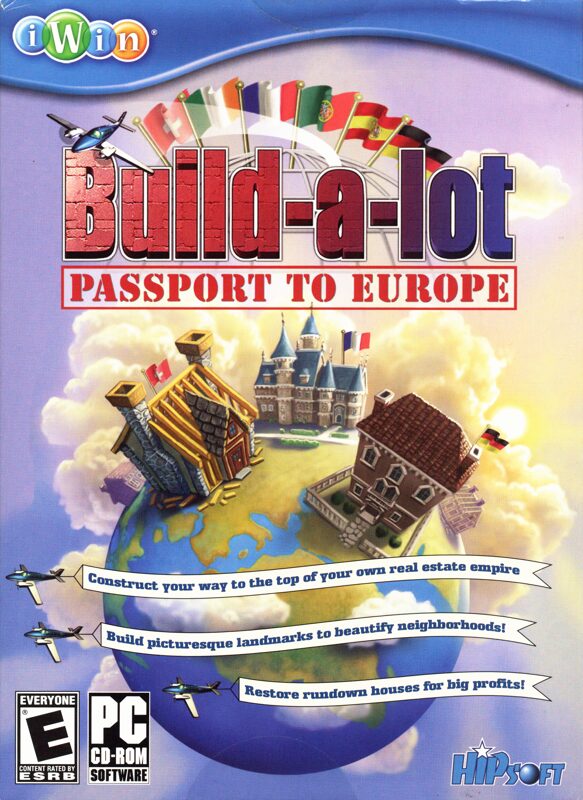
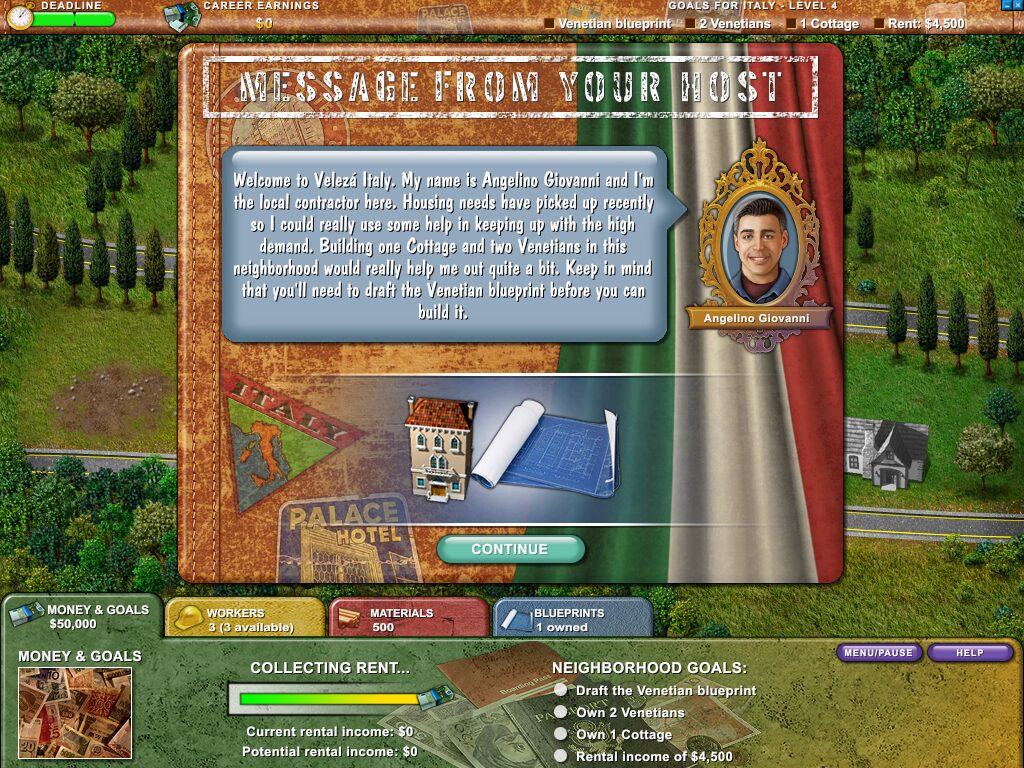
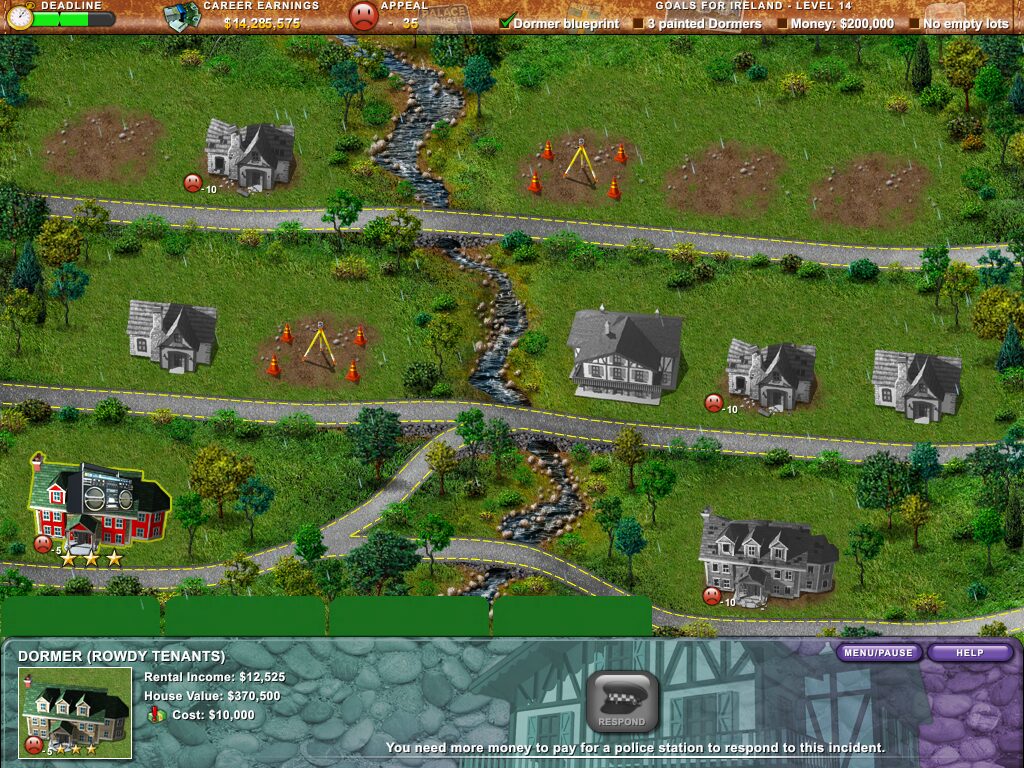
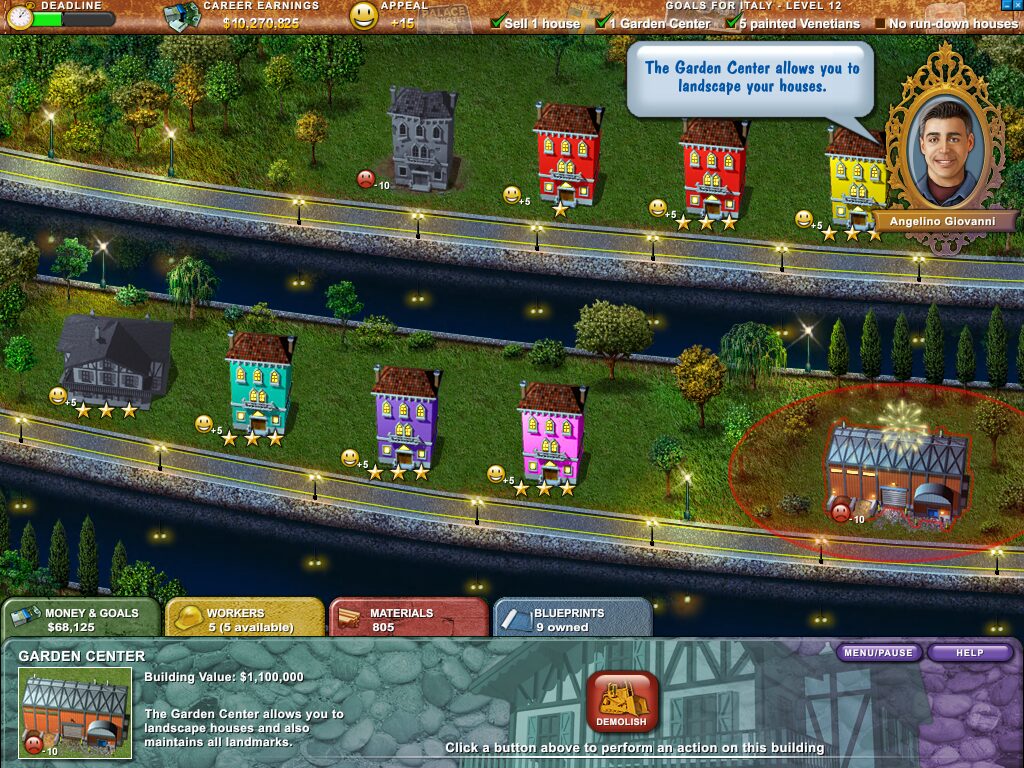
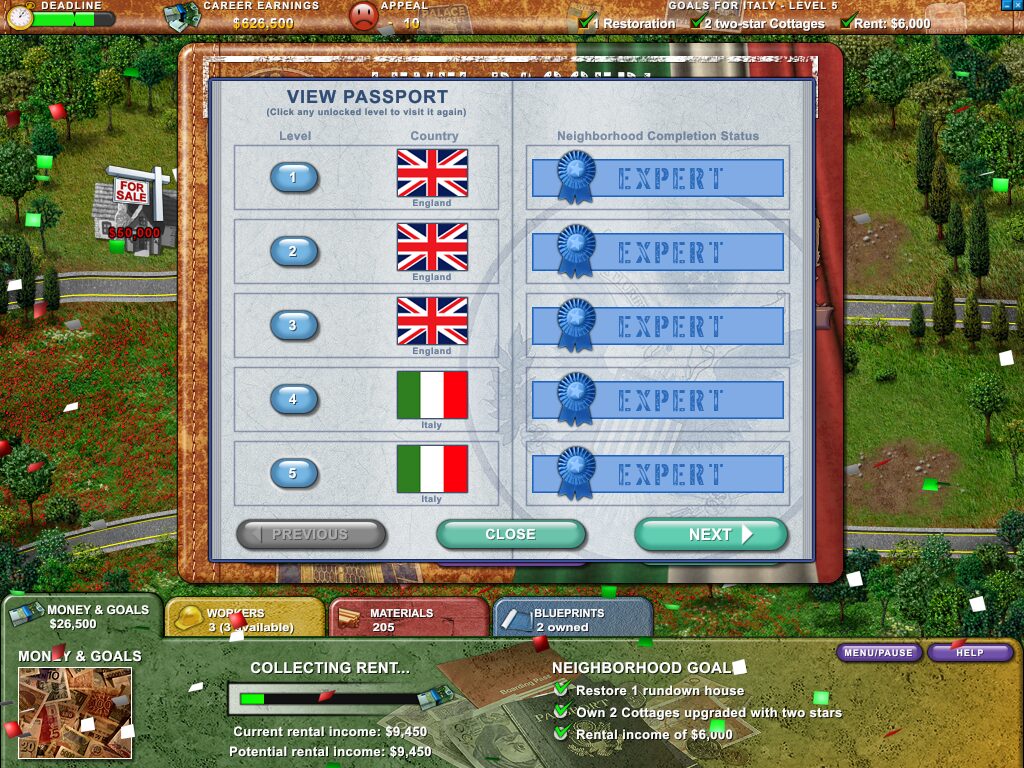




Reviews
There are no reviews yet.